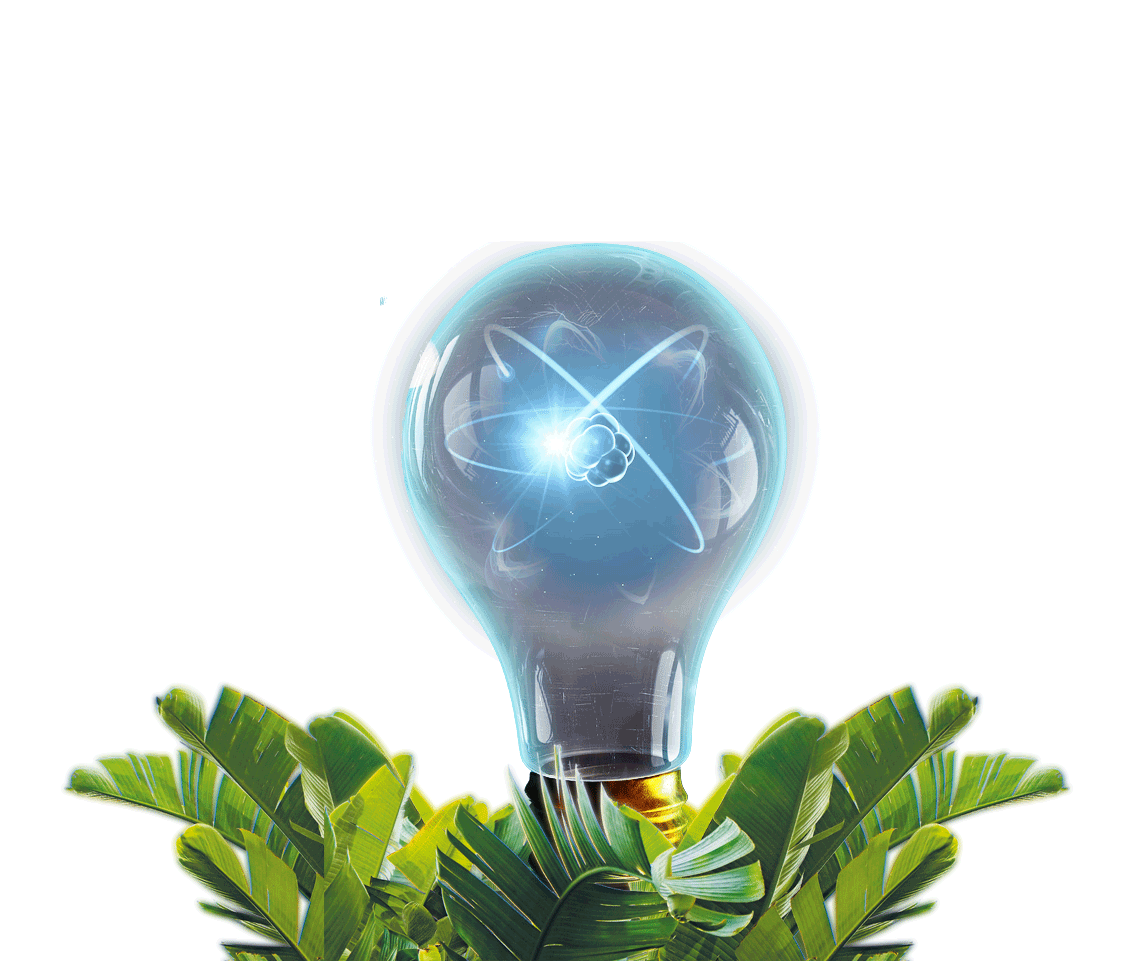
Climate change presents us with a stark challenge: to reduce greenhouse gas emissions to net zero much faster than we have done so far, or to face the increasingly catastrophic consequences of an inexorably warming planet.
More and more scientists, policymakers and members of the public are recognizing nuclear as a critical part of decarbonized energy systems.
Climate change presents us with a stark challenge: to reduce greenhouse gas emissions to net zero much faster than we have done so far, or to face the increasingly catastrophic consequences of an inexorably warming planet.
More and more scientists, policymakers and members of the public are recognizing nuclear as a critical part of decarbonized energy systems.
...the Chornobyl accident
...the Chornobyl accident
...the Chornobyl accident

Climate change and nuclear energy
We have been burning fossil fuels — coal, oil and natural gas — for energy since the start of the industrial revolution, about 200 years ago. While they have fueled economic development and societal and technological progress, they have also polluted our planet and caused catastrophic climate change by releasing carbon emissions into the atmosphere.
Carbon dioxide makes up the bulk of ‘greenhouse gases’ (GHGs), which trap solar heat in our atmosphere and have caused the gradual warming of our planet. Methane, caused by burning gas, has a shorter lifespan than carbon dioxide but is even more efficient at trapping heat. This warming impacts global weather systems and drives extreme climate change events, such as floods, droughts, wildfires and rising oceans.


So, what role can nuclear energy play to reach net zero carbon emissions and help mitigate climate change?
Nuclear, as the world’s second largest source of clean energy, produces a quarter of the world’s low-carbon energy. It does so through nuclear fission, a potent form of energy production that emits no GHGs. The reason we say nuclear is low-carbon is that some GHGs are released in the process of building and maintaining a nuclear power plant and during uranium mining, fuel processing and decommissioning.
But over the entire life cycle, nuclear’s emissions are similar to those of hydro and wind power.
Nuclear power has avoided over 70 gigatons of CO2 in past five decades and represents 10% of global electricity production.

It has helped to decarbonize electricity production in major industrial economies, such as France and Sweden, in line with the requirements of the Paris Agreement.
It can also enable the massive global deployment of solar and wind that is expected over the coming years by offering a steady and reliable supply of clean energy — even when the sun doesn’t shine and the wind doesn’t blow.
More than clean electricity
But if we are to displace fossil fuels, meet our climate goals and keep our economies growing, more than clean energy is needed.
Nuclear can also be used to help decarbonize heavy industries, such as steel and chemicals production, as well as for seawater desalination, hydrogen production, district heating and other applications.
Modern nuclear plant designs are smaller, modular and pre-fabricated, making them a good fit to electrify areas not previously suitable for nuclear.
It also opens nuclear to greater use in developing countries and communities where large nuclear power plants are not the solution—but which still need a steady base of reliable electricity on which to build their low-carbon energy future.
To get to net zero, the world will need all available low-carbon energy sources.
